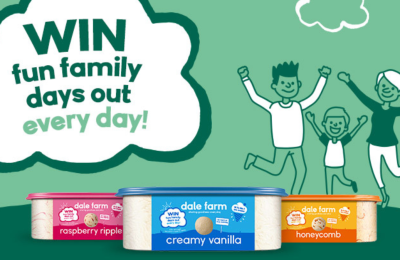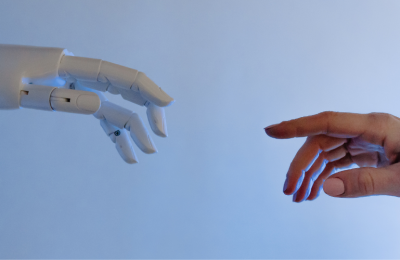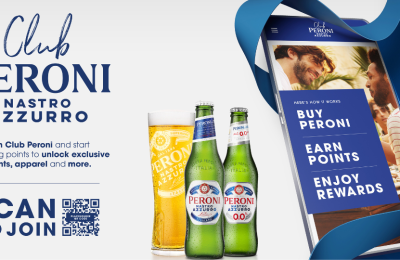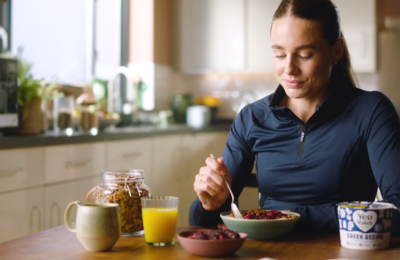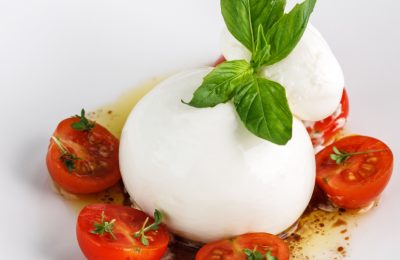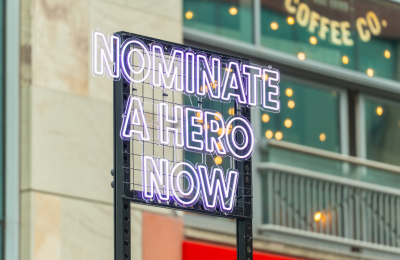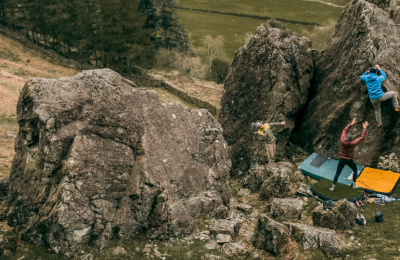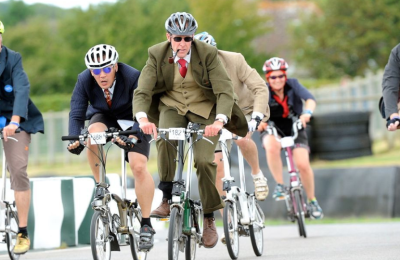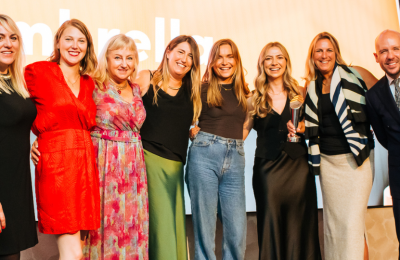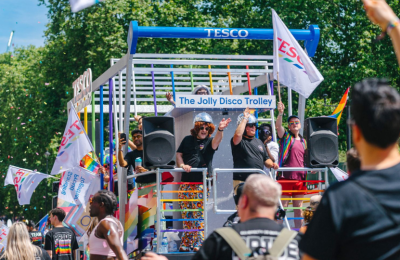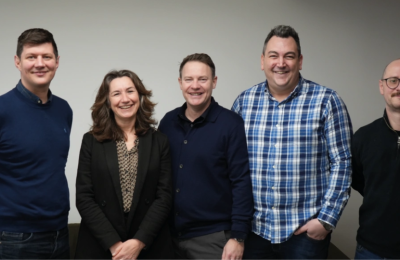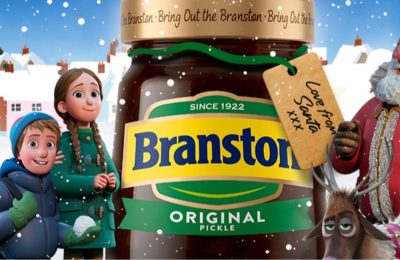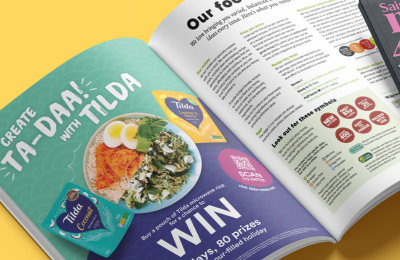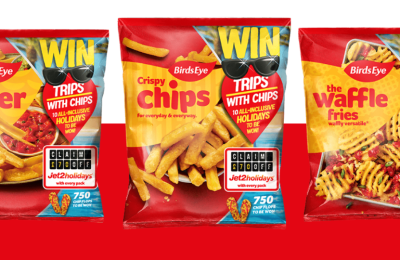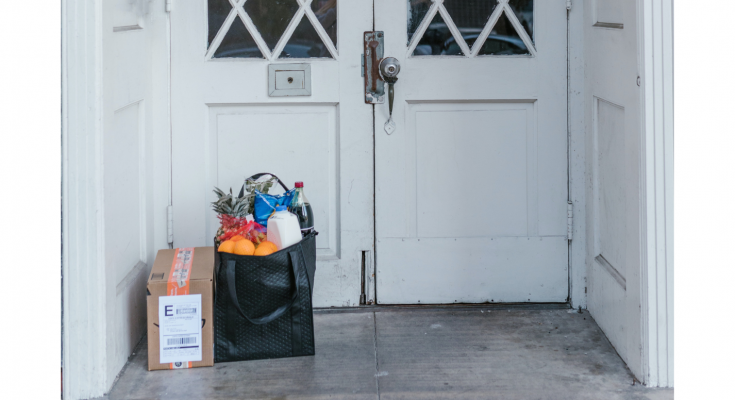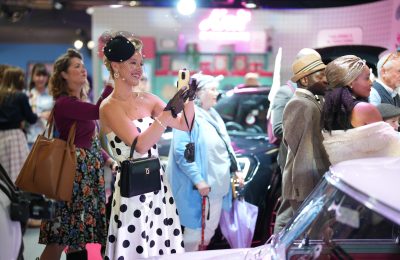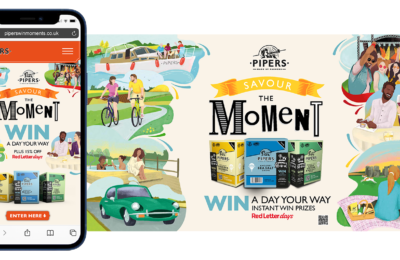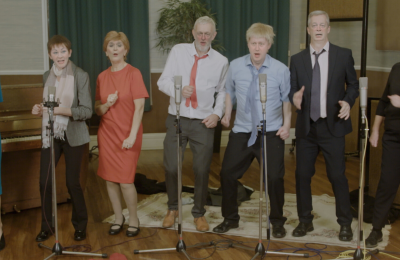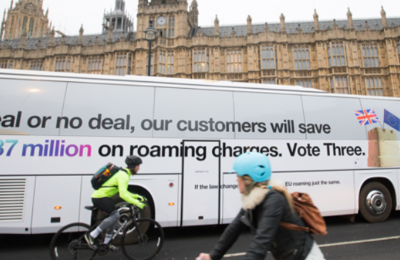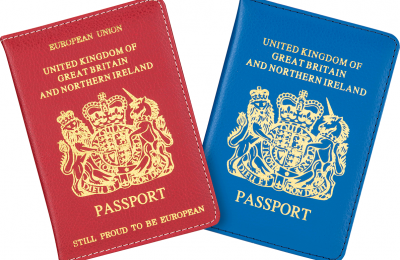From Weezy to Getir to Zapp, the pandemic accelerated a new wave of delivery services, touted as the “Netflix of grocery” currently expanding across UK cities. While online supermarket deliveries account for 14% of the entire grocery market, these new players are gunning for the quick commerce segment. Unlike existing services from established supermarkets, their point of difference is the use of “dark stores” – small very local distribution centres, as well as employing riders directly rather than outsourcing them.
For FMCG brands this is an opportunity to think experience-first when creating stand-out product trials. When discussing the value of creative sampling, TRO Head of Clients and FMCG expert Andrew Orr brings up the example of Glade and how they hi-jacked Walmart’s deliveries with scented packaging pillows. The activation generated an 83% increase in sales of Glade’s home fragrances on Walmart.com during its first week, as well as more than 11 million impressions in the first month.
Additionally, live branded experiences and partnerships can be a great way for new audiences to discover brands and products with an otherwise limited presence. Lesser known FMCG brands can greatly benefit from the WOM-generating potential of shared experiences. The IPM found that 90% communicate an experience to as many as eight different people, while up to 55% communicate to a minimum of 300 people via social media.
An example of a food and drink business that grew under the radar during the lockdown months is Mystic Börek – using a combination of Instagram, e-commerce and pop up experiences to spread the word. Thanks to the experiential element, founder and chef Spasia Dinkovski has been able to create a uniquely local and authentic feel without an actual fixed address.
In a scenario where “dark stores” fulfil quick commerce needs, the newer and smaller FMCG brands with limited mass media budgets can complement their digital presence with experiential marketing to reach outside the algorithm bubble and balance sales targets with long-term growth.
At the same time, creative sampling and pop-up experiences in an era of hyper-convenience allows established FMCG brands to experiment more freely with product innovation.
For example, Mucinex – a Reckitt cold brand – launched an exclusive ‘Sickwear’ clothing line designed to be worn when feeling under the weather. The collection dropped in a category-first livestreamed shopping experience, resulting in 91 million earned media impressions and selling out within just 24 hours.
To sum up, it’s not a matter of either/or when it comes to e-commerce and live experience. Creative sampling, pop-up experiences and experiential partnership activations can help FMCG brands amplify their digital efforts by widening reach, generating WOM and creating a lasting impact.
Credit: Sandra Mardin, Strategy Director at TRO

